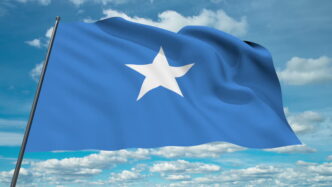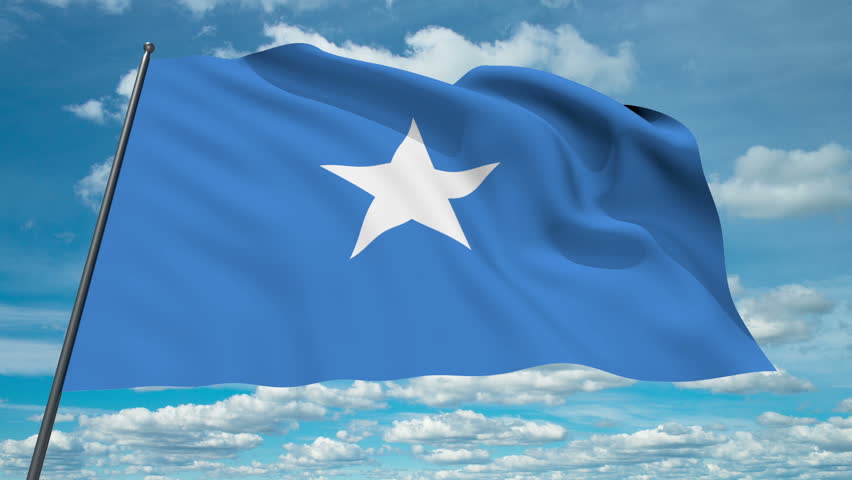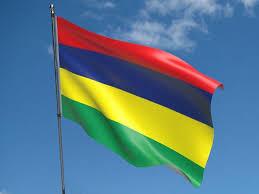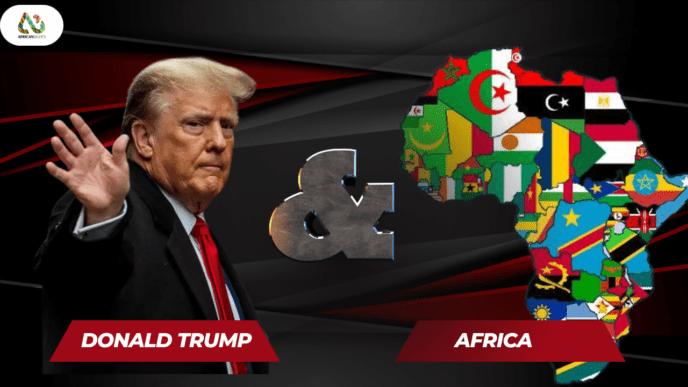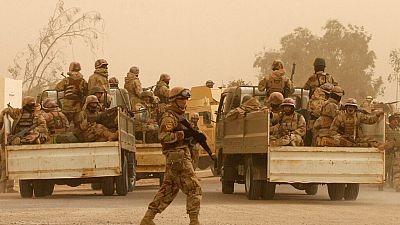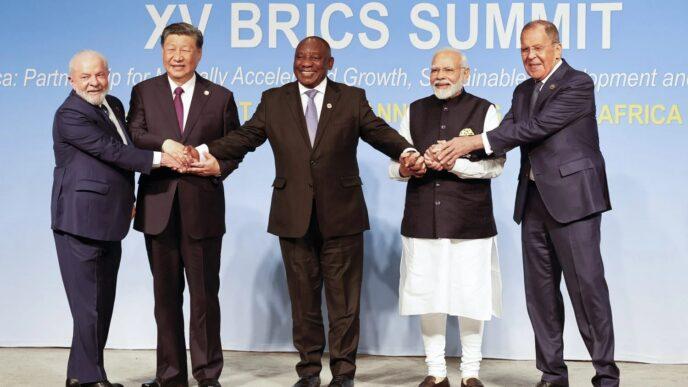On July 1, 1960, two distant territories British Somaliland in the north and Italian Somaliland in the south merged to form the Somali Republic. It was a union not of convenience, but of shared language, culture, and an unshakable dream of self-determination.
That day, the Somali flag rose into the sky over Mogadishu, and the blue field with its lone white star came to symbolize more than just independence. It represented unity across borders, resilience through hardship, and the beginning of a national journey still unfolding today.
A History of Resistance, A Dream of Belonging
Long before the flag was raised, Somalia’s path to independence had been carved by resistance and courage. From the legendary Dervish movement led by Sayyid Mohamed Abdullah Hassan in the early 1900s to the political momentum driven by the Somali Youth League (SYL) in the 1940s, the call for self-rule rang across the desert and coastlines.
British Somaliland, a protectorate since 1884, gained independence on June 26, 1960, while Italian Somaliland, under UN trusteeship, followed just five days later. On July 1, both territories united a rare act of voluntary African unification in the post-colonial era.
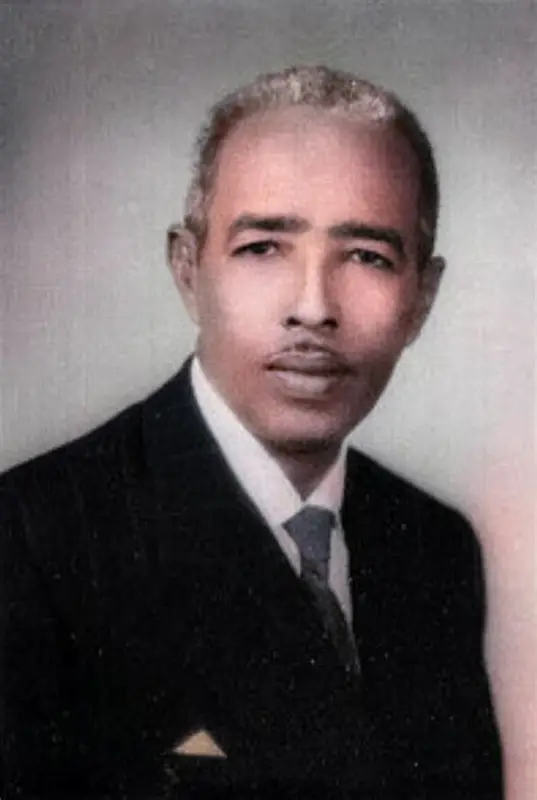
President Aden Abdulle Osman Daar, Africa’s first peacefully elected head of state, and Prime Minister Abdirashid Ali Shermarke were sworn in to lead a republic built on hope and ambition.
Building a Nation from Two Worlds
Uniting two former colonies, each with distinct legal systems, currencies, and languages, was no small task. But Somalis were determined. They voted to ratify a national constitution in 1961, built schools, opened trade routes, and set their sights on creating a truly Somali future.
At the heart of this vision was Pan-Somalism, the dream of uniting all Somali-speaking peoples across colonial borders in Ethiopia’s Ogaden, Djibouti, and Kenya. It was idealistic, bold, and deeply symbolic of Somalia’s confidence as a young nation.
Independence: Then and Now
Today, Independence Day in Somalia is a celebration of identity and endurance. In Mogadishu and across the diaspora, from Minnesota to London to Nairobi, midnight flag-raising ceremonies, parades, and poetry performances bring Somalis together in joy and reflection.
For many, it is not just about remembering 1960. It’s about renewing a promise, that Somalia’s past, though fractured by colonialism and later civil war, remains a foundation for rebuilding.

Even in the north, where Somaliland declared self-rule in 1991, July 1 still resonates as a reminder of shared heritage and the enduring debate over unity versus autonomy.
A Legacy Carried Forward
Indeed, Somalia’s independence was never just a break from colonial rule, it was a declaration of identity, purpose, and collective destiny.
The lone white star on the flag still shines with meaning. It’s a light for the generations who fought for freedom and a guide for those who now shape Somalia’s future.
